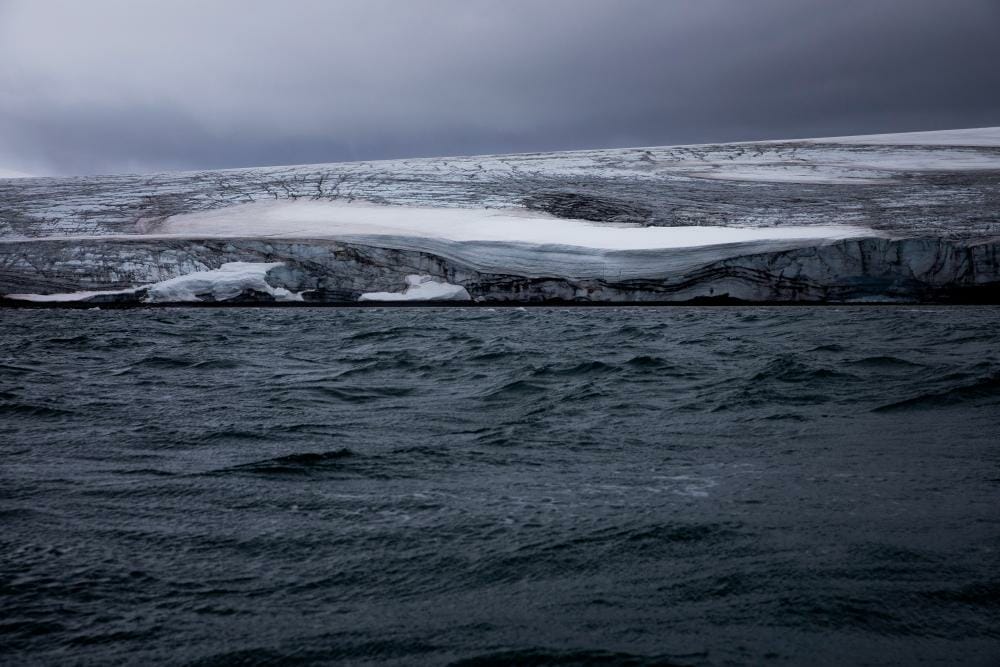- Currently Miami
- Posts
- Currently in Miami — August 2, 2023: No heat advisories, but lots of rain
Currently in Miami — August 2, 2023: No heat advisories, but lots of rain
Plus, these 20+ cities from Alaska to Florida just recorded their hottest month ever.
The weather, currently.

Afternoon and evening thunderstorms likely
The steering currents for the daily dose of afternoon and evening thunderstorms are westerly. That means that the east coast metro areas of Miami and Fort Lauderdale should have active days, with numerous thunderstorms moving across the megalopolis both Wednesday and Thursday. Towards the end of the week, the winds will shift and become easterly as a dip in the jet stream departs and high pressure moves in. Therefore showers should diminish as we approach the weekend. The National Weather Service may not issue heat advisories on the wetter days, hoping that the rain will keep the heat index at or below 105°.
El tiempo, actualmente.
Las corrientes de viento que transportan la dosis diaria de tormentas en las tardes son del oeste. Eso significa que las áreas metropolitanas de la costa este de Miami y Fort Lauderdale deberían tener días activos, con numerosas tormentas eléctricas moviéndose a través de la megalópolis tanto el miércoles como el jueves. Hacia el final de la semana, los vientos cambiarán y llegarán del este a medida que se aleje una vaguada y entre un anticiclón. Por lo tanto, las lluvias deberían disminuir a medida que nos acercamos al fin de semana. El Servicio Meteorológico Nacional pudiera no emitir advertencias de calor en los días más lluviosos, con la esperanza de que la lluvia mantenga la sensación térmica en 105° o menos.
What you need to know, currently.
During July, Phoenix, Arizona had an average temperature of 102.7°F (39.3°C) — the hottest ever for any US city of any size, and one of the hottest months ever in world history for a populated place.
That record temperature was not just the average daily high temperature for the month, which was 114.7°F (45.9°C). It also includes the average daily low temperature for the month, which was 90.8°F (32.7°C). That’s really really hot. For an entire month.
I genuinely can’t imagine living through that. Hardly anywhere on Earth ever gets this hot, even rarely — in fact, only Death Valley, parts of Algeria in the Saharan Desert, Pakistan, and the shores of the Red Sea and Persian Gulf ever have.
Here’s what it felt like to survive last month in Phoenix:
It was so hot in Phoenix that the city’s hospital burn unit was full of patients who had fallen on the pavement and suffered 3rd degree burns. It’s still uncertain how many people died due to the heatwave there, but it’s expected to be substantial. Heat is the deadliest form of extreme weather in the US, killing as many as 10,000 people per year. As with all forms of weather and climate extremes, it’s the marginalized members of society who are harmed the most — and heat waves are at the core of climate injustice.
And of course, since July was the hottest month globally in human history, it wasn’t just Phoenix that was hot. More than 20 US cities from northern Alaska to south Florida also recorded the hottest month in their history.
What you can do, currently.
Currently is now a member of the Covering Climate Now partnership, a resource-sharing initiative devoted to making sure the biggest story in human history is told in ways that resonate with everyone.
Take a look at the list of our new partners and maybe find a new favorite podcast or website to support!
